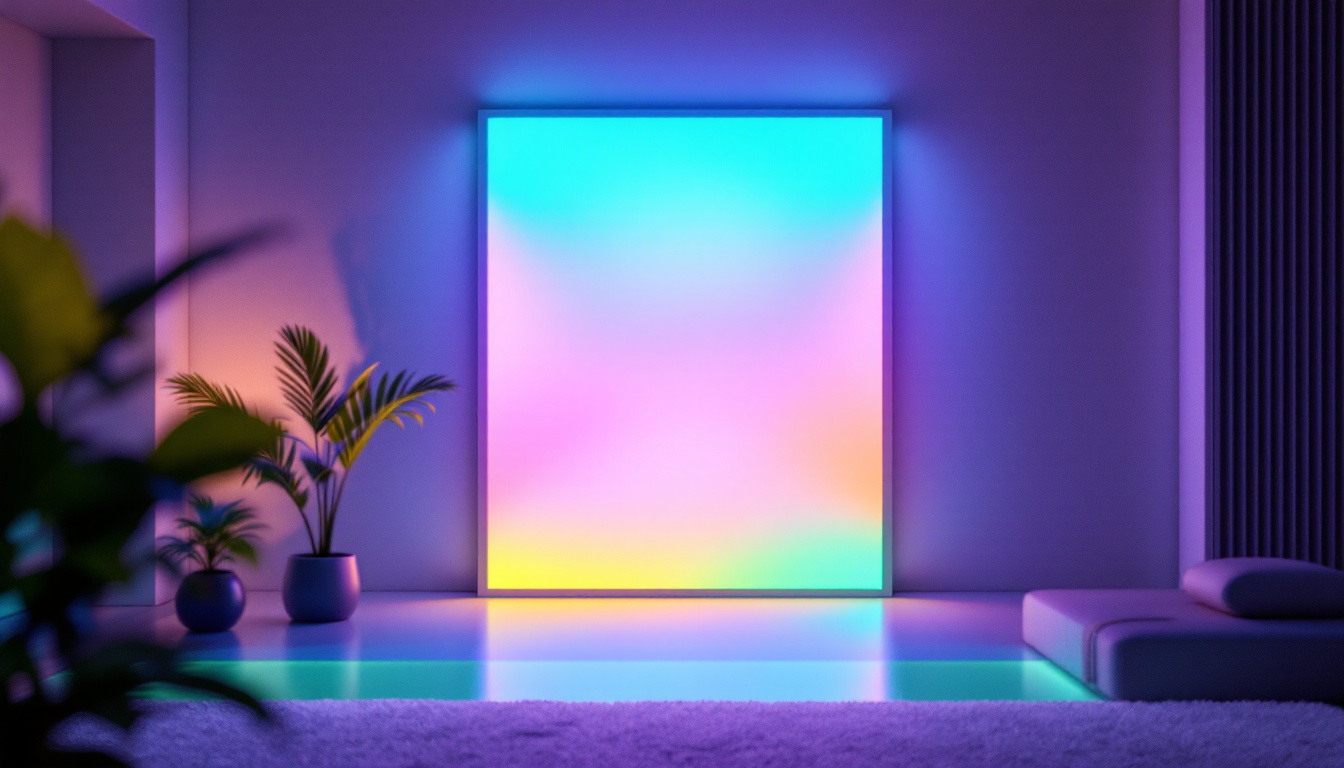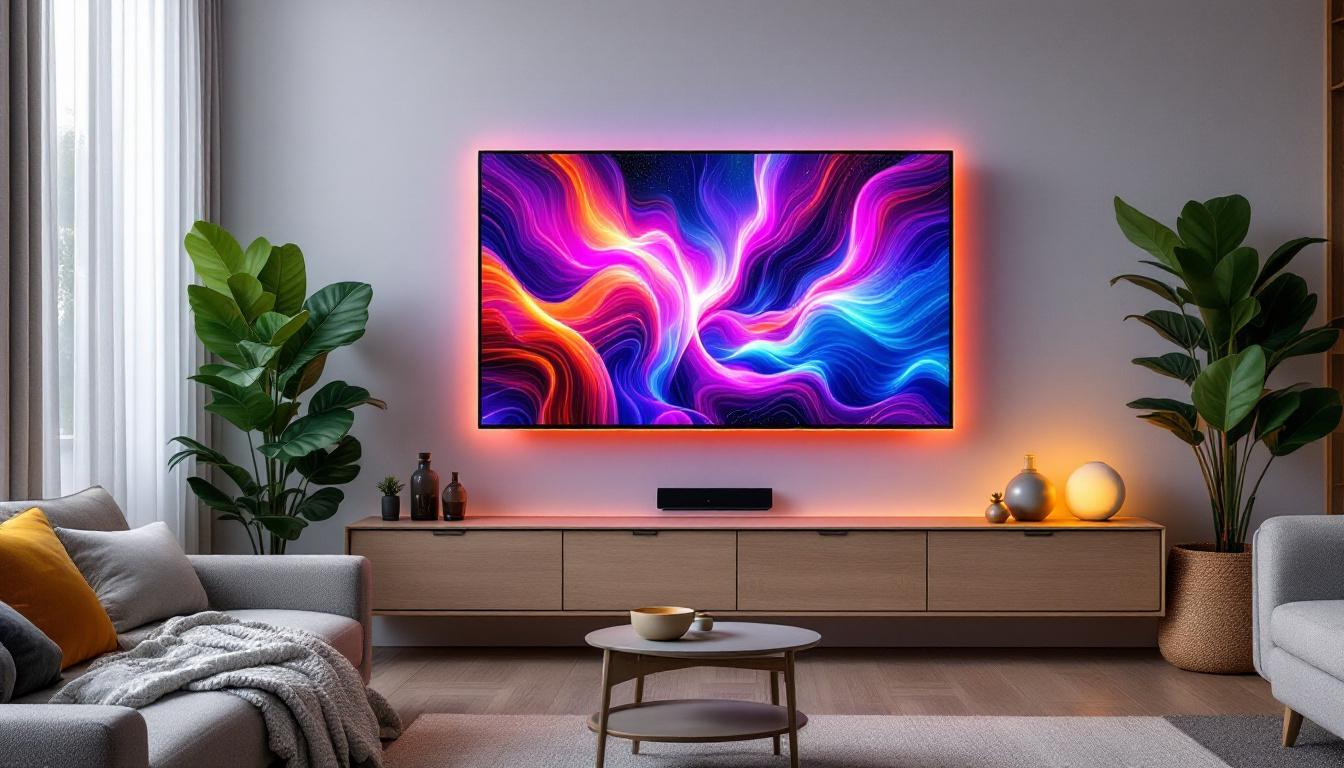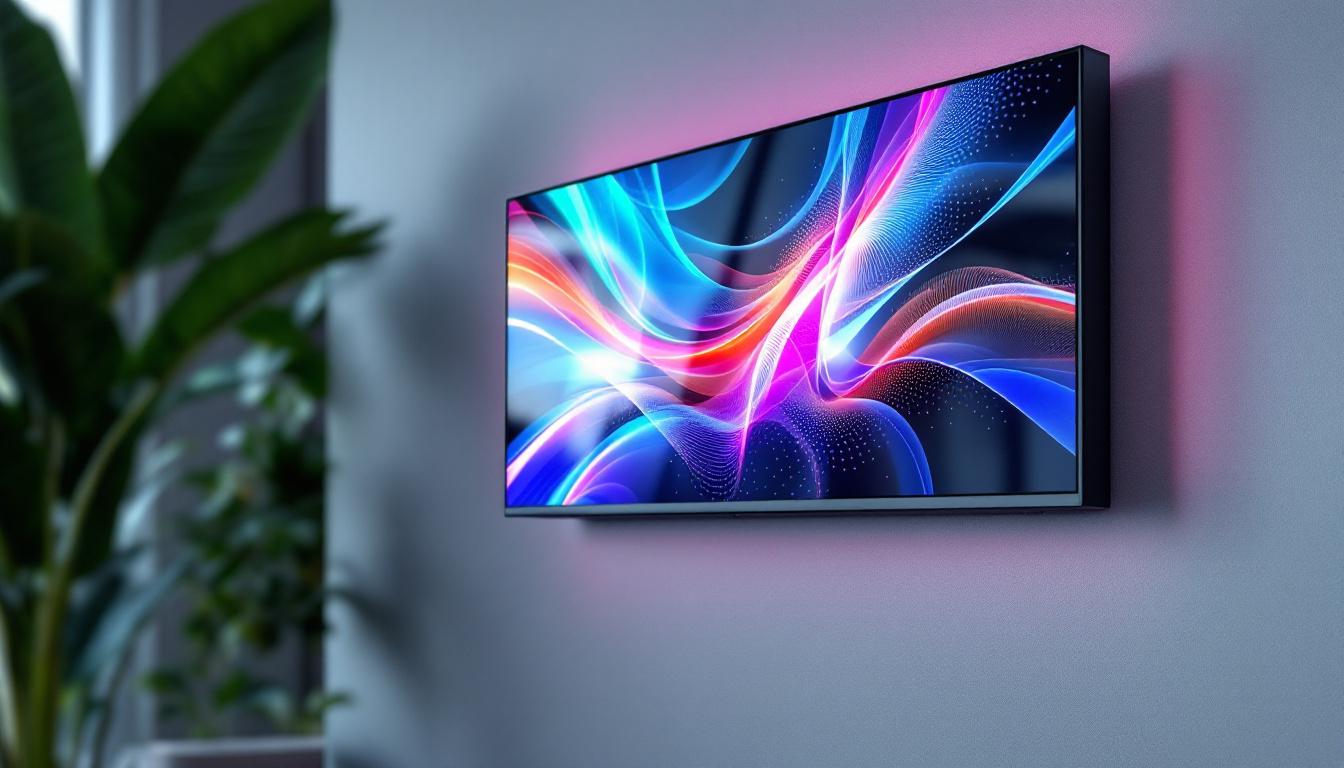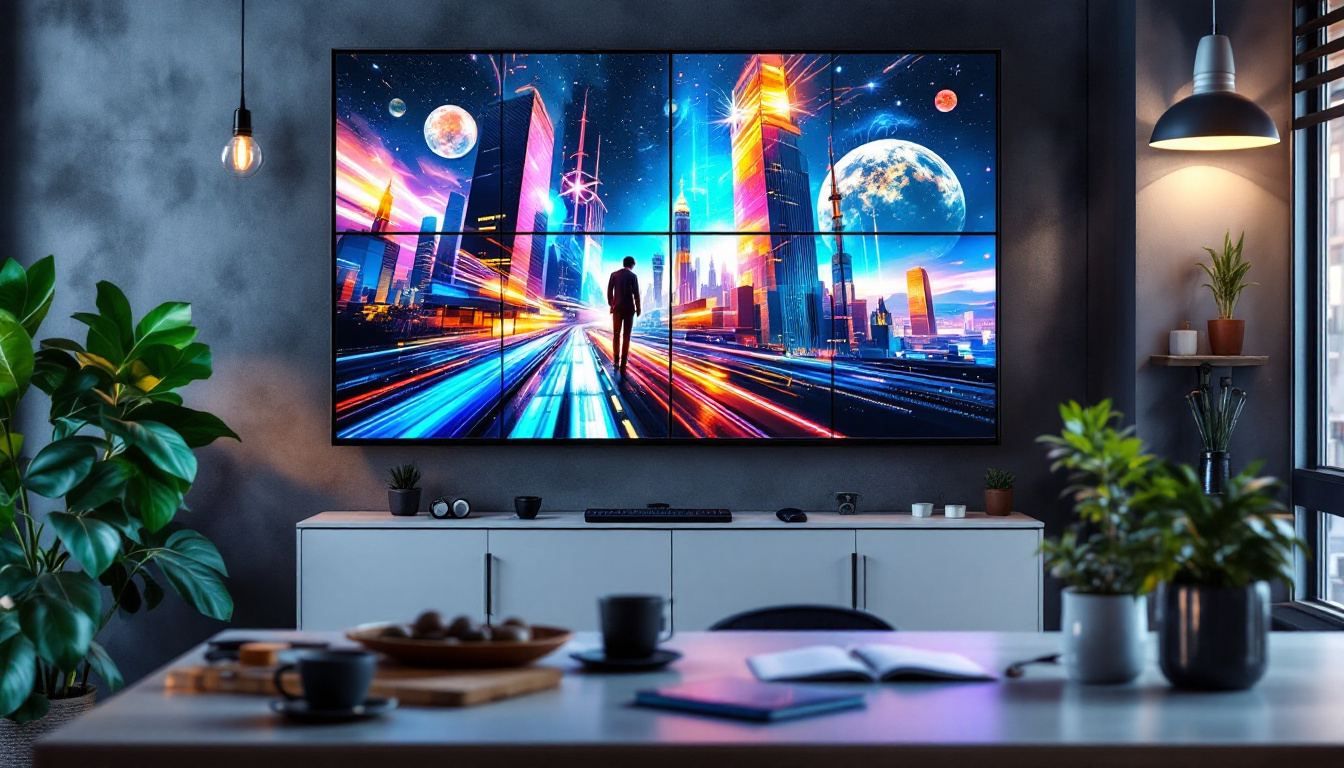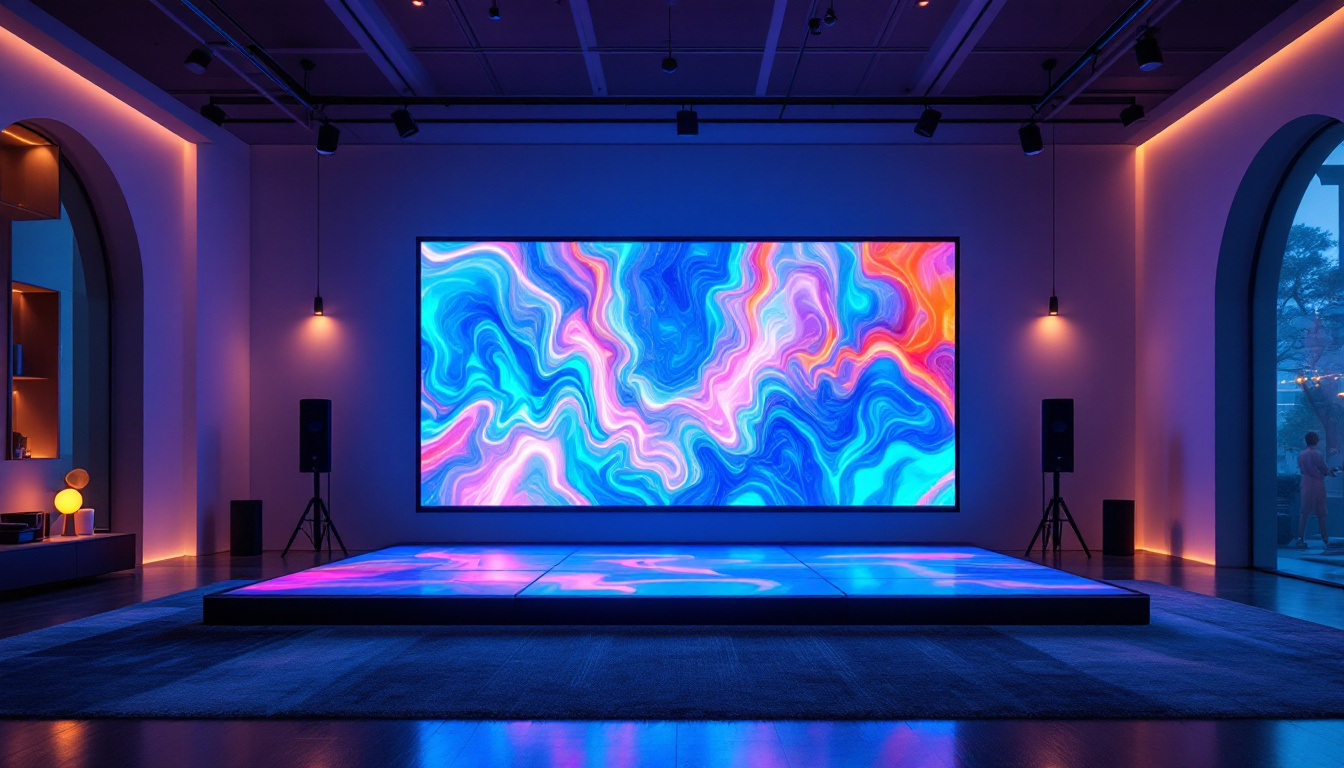Plasma TV Screen Replacement: LED Display Explained
As technology continues to evolve, many consumers are faced with the decision of replacing their aging plasma televisions. While plasma TVs were once the pinnacle of home entertainment, advancements in display technology have led to the rise of LED displays. This article delves into the intricacies of plasma TV screen replacement and the benefits of transitioning to LED displays.
Understanding Plasma Technology
Plasma televisions utilize a technology that involves small cells filled with gas, which, when electrically charged, emit ultraviolet light. This light then excites phosphors that create the visible colors on the screen. Plasma TVs are renowned for their deep blacks, wide viewing angles, and vibrant color reproduction. However, they also come with certain drawbacks, such as susceptibility to burn-in and a generally shorter lifespan compared to their LED counterparts. The technology behind plasma displays is quite fascinating, as it relies on the principles of ionization and gas discharge, which have been refined over the years to enhance picture quality and performance.
In addition to their impressive color performance, plasma TVs often excel in fast-motion scenarios, making them a popular choice for action-packed films and sporting events. The rapid response times of plasma panels help eliminate motion blur, allowing viewers to experience smooth, fluid motion without the ghosting effects that can sometimes plague other display technologies. This characteristic is particularly appreciated by gamers and sports enthusiasts who demand precision and clarity during fast-paced action sequences.
Advantages of Plasma TVs
Despite the decline in popularity, plasma TVs still have a loyal following due to their unique advantages. One of the most notable benefits is their superior color accuracy and contrast ratios. Plasma screens can produce rich, true-to-life colors, making them ideal for watching movies and sports. Furthermore, the wide viewing angles mean that viewers can enjoy a consistent picture quality from various positions in the room. This feature is particularly beneficial for larger gatherings where people may be seated at different angles to the screen, ensuring that everyone can enjoy the same high-quality viewing experience without any loss of detail or color fidelity.
Moreover, plasma TVs often come equipped with features that enhance the overall viewing experience. Many models support high-definition resolutions and advanced video processing technologies, which can upscale lower-resolution content to near-HD quality. This capability is especially useful for those who enjoy streaming older films or television shows, as it allows for a more immersive experience without sacrificing visual quality. Additionally, the inherent design of plasma technology allows for a more uniform brightness across the screen, minimizing the risk of light bleed that can occur in some LED models.
Disadvantages of Plasma TVs
However, plasma TVs are not without their flaws. The risk of burn-in, where static images can permanently imprint on the screen, poses a significant concern for users. Additionally, plasma displays tend to consume more energy and generate more heat than LED TVs, leading to higher electricity bills. The weight and thickness of plasma TVs also make them less convenient for wall mounting compared to the sleek design of modern LED displays. This can be a crucial factor for consumers who prioritize aesthetics and space-saving solutions in their home entertainment setups.
Furthermore, as technology advances, the availability of plasma TVs has diminished, making it increasingly challenging for consumers to find replacement parts or service options. This decline in support can deter potential buyers who may be concerned about the long-term viability of their investment. As manufacturers shift their focus toward LED and OLED technologies, the plasma TV market continues to shrink, leaving enthusiasts to seek out older models or consider alternative display options that may not offer the same level of performance but are more readily available.
The Shift to LED Displays
As technology advanced, LED displays began to dominate the market. LED, or Light Emitting Diode, technology uses a backlight to illuminate the screen, allowing for thinner designs and better energy efficiency. The shift from plasma to LED is not merely a trend; it reflects a significant evolution in how consumers experience visual media. This transition has been driven by the increasing demand for high-quality, energy-efficient displays that can cater to a variety of viewing environments, from home theaters to casual living rooms.
Benefits of LED Displays
LED displays offer numerous advantages over plasma technology. One of the most significant benefits is energy efficiency. LED TVs consume less power, making them a more environmentally friendly option. Moreover, they tend to have a longer lifespan, often exceeding 50,000 hours of use, compared to the average lifespan of 30,000 hours for plasma TVs. This longevity not only translates to savings on replacement costs but also reduces electronic waste, aligning with the growing consumer preference for sustainable products.
Another advantage is the ability to produce brighter images. LED technology allows for higher brightness levels, making it easier to view content in well-lit rooms without sacrificing picture quality. Additionally, many LED TVs come equipped with advanced features such as HDR (High Dynamic Range), which enhances the range of colors and contrast, resulting in a more immersive viewing experience. This capability is particularly beneficial for watching movies and playing video games, where visual fidelity plays a crucial role in the overall enjoyment of the content.
Types of LED Displays
There are several types of LED displays available on the market, each with its unique characteristics. The most common types include:
- Edge-Lit LED: These displays have LEDs positioned around the edges of the screen, allowing for a thinner profile. While they are energy-efficient, they may not offer the same level of uniform brightness as full-array LED displays. This design is particularly appealing for consumers who prioritize aesthetics and space-saving solutions in their home entertainment setups.
- Full-Array LED: This type features a grid of LEDs behind the entire screen, providing more consistent lighting and better contrast. Full-array LED displays often support local dimming, which enhances black levels and overall picture quality. This technology is especially advantageous for watching content with dark scenes, as it allows for deeper blacks and a more cinematic experience.
- OLED: Although technically different from LED, OLED (Organic Light Emitting Diode) technology is worth mentioning. OLED displays offer exceptional contrast ratios and color accuracy, as each pixel emits its light. This results in stunning visuals, but typically at a higher price point. The flexibility of OLED screens also allows for innovative designs, such as curved or ultra-thin models, which can enhance the viewing experience and fit seamlessly into modern home decor.
As consumers become more discerning about their viewing preferences, the variety of LED display options continues to expand. Manufacturers are constantly innovating, introducing features like smart technology integration, voice control, and enhanced connectivity options, which cater to the needs of tech-savvy users. The competition among brands also drives prices down, making high-quality displays more accessible to a broader audience. This dynamic landscape ensures that consumers have a wealth of choices when it comes to selecting the perfect display for their needs, whether for gaming, streaming, or simply enjoying their favorite shows.
Replacing a Plasma TV Screen
When it comes to replacing a plasma TV screen, several factors should be considered. While it may be tempting to repair an existing plasma TV, the costs associated with screen replacement can often outweigh the benefits. Understanding the process and the potential alternatives is crucial for making an informed decision.
Cost Considerations
The cost of replacing a plasma TV screen can be substantial. Depending on the size and brand of the television, screen replacement can range from a few hundred to over a thousand dollars. Additionally, labor costs for the repair can further increase the total expense. Given the declining availability of plasma screens, sourcing a replacement may also prove challenging, leading to longer wait times and potential compatibility issues.
DIY vs. Professional Repair
For those considering a DIY approach to screen replacement, it’s essential to weigh the risks involved. Plasma TVs are complex devices, and replacing a screen requires technical expertise and the right tools. Mishandling components can lead to further damage, rendering the television unusable. Therefore, enlisting the help of a professional repair service is often the safer and more reliable option.
Transitioning to LED: What to Expect
Making the switch from a plasma TV to an LED display can be a transformative experience. However, it is essential to approach this transition with realistic expectations and an understanding of the differences in technology.
Picture Quality Differences
While plasma TVs are known for their deep blacks and vibrant colors, LED displays have made significant strides in these areas. The advancements in LED technology, particularly with features like local dimming and HDR, have allowed them to rival and even surpass plasma TVs in certain aspects of picture quality. Viewers can expect brighter images with improved contrast, although some may miss the unique characteristics of plasma displays.
Adjusting to New Features
LED TVs often come equipped with a plethora of features that may not be present in older plasma models. Smart TV capabilities, built-in streaming services, and advanced picture settings can enhance the viewing experience. However, users may need some time to familiarize themselves with these new functionalities, as the user interface and remote controls may differ significantly from what they are accustomed to.
Conclusion: The Future of Home Entertainment
As the landscape of home entertainment continues to evolve, the transition from plasma to LED displays represents a significant shift in consumer preferences. While plasma TVs have their merits, the advantages of LED technology—such as energy efficiency, longevity, and improved picture quality—make them a compelling choice for modern viewers.
Ultimately, the decision to replace a plasma TV screen with an LED display should be based on individual needs, preferences, and budget considerations. While the nostalgia of plasma technology may linger, embracing the advancements of LED displays can lead to a more satisfying and future-proof home entertainment experience.
Discover the Future of Visual Experience with LumenMatrix
Ready to elevate your home entertainment with the latest in LED technology? LumenMatrix is at the forefront of innovative LED display solutions, offering an array of options from Indoor and Outdoor LED Wall Displays to specialized formats like Vehicle and Sports LED Displays. Whether you’re looking to create a mesmerizing living room centerpiece or seeking to impress with high-impact visual communication, LumenMatrix has the cutting-edge technology to transform your space. Check out LumenMatrix LED Display Solutions today and step into the future of vibrant, energy-efficient, and long-lasting displays.





